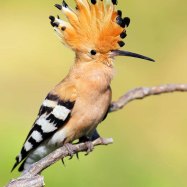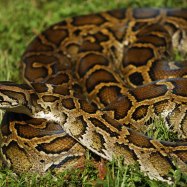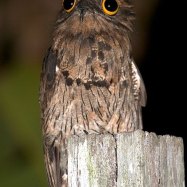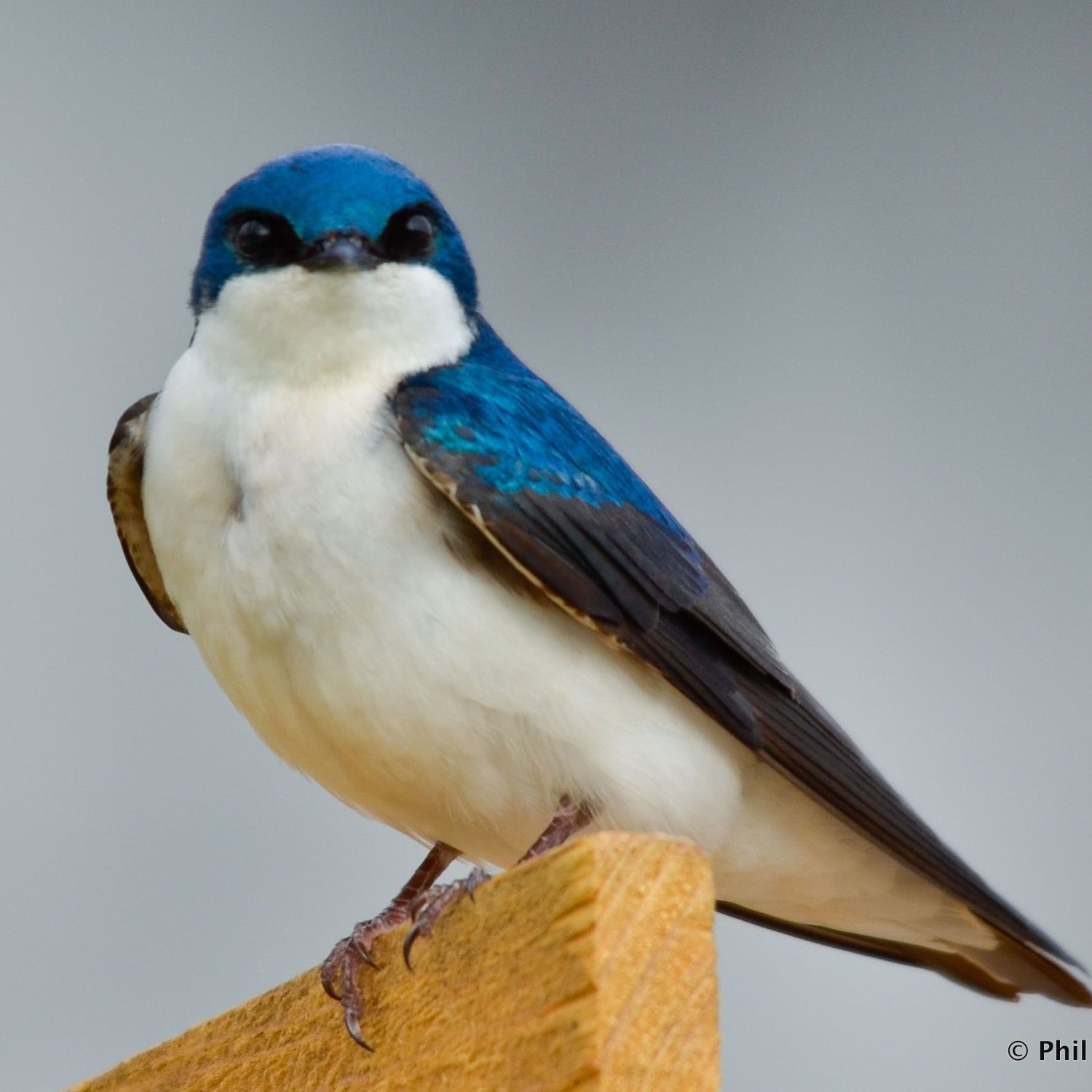
Tree Swallow
12-15 cm (4.7-5.9 in)
The Tree Swallow, a slender and streamlined bird with a length of 12-15 cm, can be found across North America. Belonging to the Hirundinidae family, these birds are skilled in aerial acrobatics and can often be seen swooping and diving, catching insects on the fly. Keep an eye out for these beautiful and agile creatures on your next outdoor adventure. #TreeSwallow #NorthAmerica #Hirundinidae
Animal Details Summary:
Common Name: Tree Swallow
Kingdom: Animalia
Habitat: Open areas near water, such as marshes, meadows, and lakes
A Glimpse into the Life of the Tiny Yet Mighty Tree Swallow
In the vast world of birds, there are hundreds of species that have unique and fascinating characteristics. One such bird is the Tree Swallow, also known as Tachycineta bicolor. These small but mighty birds are known for their iridescent dark blue-green upperparts and striking white underparts. In this article, we will take a closer look at this amazing bird and explore its habitat, feeding habits, distribution, and more Tree Swallow.The Beginnings of a Tree Swallow
The scientific name for the Tree Swallow is Tachycineta bicolor, which comes from the Greek words "tachys" meaning fast and "kineo" meaning to move. This clever name perfectly describes the bird's swift flight and agile movements. They are part of the order Passeriformes, which includes over 5,000 species of perching birds, making it the largest order of birds.The Tree Swallow belongs to the family Hirundinidae, also known as swallows, which includes other species such as Barn Swallows and Cliff Swallows. These birds are found in the kingdom Animalia, meaning they are part of the animal kingdom. They are also in the phylum Chordata, indicating that they have a spinal cord. And like all birds, they have a fascinating trait that sets them apart from other animals – they lay eggs!
A Home in the Skies
Tree Swallows are a common sight in the skies of North America, with their habitat spanning from Alaska and Canada to the southern United States and Mexico. These birds are known to breed in open areas near water, such as marshes, meadows, and lakes. They prefer to perch on branches and high wires, as it allows them to scan the area for insects, one of their favorite foods Tang.The Tree Swallow is also known for its affinity for nesting in birdhouses, making it a favorite among birdwatchers. These birds are cavity-nesters, meaning they use existing holes or take advantage of man-made structures. They are also highly territorial and will often defend their nesting territory fiercely.
A Diet of Tiny Prey
As insectivorous birds, Tree Swallows rely on insects for their nourishment. They are highly skilled at catching insects, especially flying insects, in mid-air. They feed on a variety of insects, including flies, beetles, and mosquitoes, making them valuable allies in controlling insect populations. These birds have been observed catching up to 1000 insects in one day!Since insects are a seasonal food source, Tree Swallows have to adapt to changing food availability throughout the year. In the winter months, when insects are scarce, they switch to a diet of berries and seeds. This adaptability plays a crucial role in their survival, allowing them to thrive in different environments.
The Vibrant Colors of a Tree Swallow
One of the most striking features of the Tree Swallow is its iridescent dark blue-green upperparts, contrasting with its pristine white underparts. This unique coloration is more pronounced in males, making them stand out even among their own species. Unlike other species of birds, these distinctive colors are not the result of pigments, but rather the way light reflects off their feathers.In addition to their striking colors, Tree Swallows also have a slender and streamlined body shape that allows them to fly quickly and efficiently. Their long, pointed wings and forked tail give them exceptional maneuverability, making them agile hunters in the sky.
A Compact Yet Mighty Bird
Despite their small size, Tree Swallows are mighty birds that pack a lot of power. On average, they measure 12-15 cm (4.7-5.9 in) in length and have a wingspan of approximately 28 cm (11 in). Their lightweight body and aerodynamic shape allow them to soar through the air with ease, reaching speeds of up to 50 kilometers per hour (31 miles per hour).These birds migrate long distances every year, with some populations traveling up to 15,000 kilometers (about 9,300 miles) from their breeding grounds to their wintering grounds. This remarkable feat is possible due to their efficient flight and ability to navigate using landmarks, stars, and Earth's magnetic fields.
A Seasonal Journey Across North America
Tree Swallows spend their winters in the southern United States, Mexico, and Central America. As the weather warms, they journey back to their breeding grounds in the northern United States and Canada. This seasonal migration is an awe-inspiring sight, with flocks of thousands of birds making the journey together.Upon returning to their breeding grounds, males will begin to perform elaborate courtship displays to attract females. Once a pair has been formed, they will work together to create a nest and take turns incubating the eggs and feeding the young. After the breeding season, these birds will migrate back to their wintering grounds, and the cycle will begin again.
Conclusion
The Tree Swallow is a remarkable species of bird that embodies beauty, agility, and adaptability. From their striking colors to their swift flight, they capture the hearts and minds of bird enthusiasts around the world. As these birds continue their seasonal journey across North America, they leave behind a legacy of hard work, dedication, and resilience. And in this ever-changing world, they serve as a reminder that even the smallest creatures can have a profound impact.

Tree Swallow
Animal Details Tree Swallow - Scientific Name: Tachycineta bicolor
- Category: Animals T
- Scientific Name: Tachycineta bicolor
- Common Name: Tree Swallow
- Kingdom: Animalia
- Phylum: Chordata
- Class: Aves
- Order: Passeriformes
- Family: Hirundinidae
- Habitat: Open areas near water, such as marshes, meadows, and lakes
- Feeding Method: Insectivorous
- Geographical Distribution: North America
- Country of Origin: United States
- Location: Throughout North America
- Animal Coloration: Iridescent dark blue-green upperparts, white underparts
- Body Shape: Slender and streamlined
- Length: 12-15 cm (4.7-5.9 in)
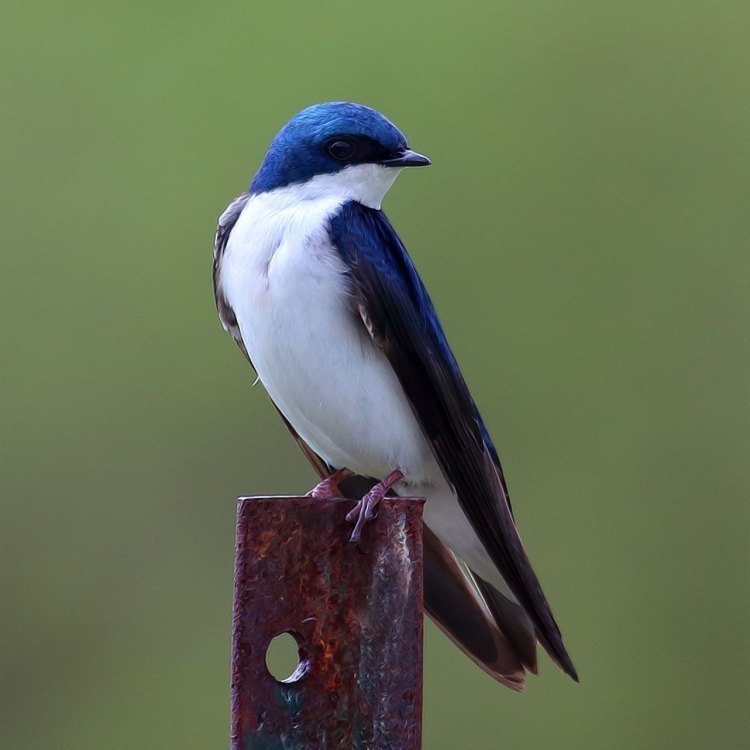
Tree Swallow
- Adult Size: Small
- Average Lifespan: 6-8 years
- Reproduction: Nesting
- Reproductive Behavior: Monogamous
- Sound or Call: Chattering and high-pitched calls
- Migration Pattern: Migratory
- Social Groups: Colonial
- Behavior: Highly social and often seen nesting in large groups
- Threats: Habitat loss, nest competition
- Conservation Status: Least Concern
- Impact on Ecosystem: Control of insect populations
- Human Use: Popular bird for nesting box programs
- Distinctive Features: Forked tail, iridescent plumage
- Interesting Facts: Tree Swallows can catch and eat insects while flying, they are excellent fliers
- Predator: Birds of prey, snakes, and mammals

Tachycineta bicolor
The Fascinating Tree Swallow: A Small Bird with a Big Impact
Nestled in tree cavities and swooping through the air with graceful precision, the Tree Swallow is a small bird with a big impact on its ecosystem. From its distinctive forked tail and iridescent plumage to its highly social behavior and role in controlling insect populations, this fascinating bird is a master of survival and an important player in maintaining the health of its environment.The Tree Swallow, scientifically known as Tachycineta bicolor, is a small bird typically measuring only 5 to 6 inches in length. With a wingspan of 11 to 13 inches, it is considered one of the smallest species of swallows in North America PeaceOfAnimals.Com. Despite its diminutive size, the Tree Swallow has a lifespan of 6 to 8 years, making it one of the longer-lived bird species in its range.
One of the most intriguing aspects of the Tree Swallow's life is its reproductive behavior. These birds are known for their nesting habits, with the females choosing a suitable cavity in a tree or man-made structure to build their nest. They are also monogamous, meaning they mate for life, and both parents take an active role in caring for their offspring. This behavior has earned them the nickname "Violet-green Monogamy" in some circles.
But it's not just their nesting behavior that makes these birds interesting. Tree Swallows are also highly social creatures, often seen nesting in large colonies that can consist of thousands of birds. This behavior provides them with safety in numbers and also allows them to share nesting duties, making it easier to protect their young and find food.
Speaking of food, Tree Swallows have a unique hunting style that sets them apart from other birds Takin. They are known for their exceptional flying abilities and are able to catch and consume insects while in flight. This skill not only helps them survive but also serves as a vital role in controlling insect populations in their habitat. With an appetite for mosquitos, flies, and beetles, these birds help maintain a healthy balance in their ecosystem.
Another interesting fact about Tree Swallows is their migratory patterns. These birds are considered to be migratory, meaning they travel long distances between breeding and wintering grounds. In North America, they can be found breeding in Alaska and Canada and then migrating south to the United States and Central America for the winter. Their return to their breeding grounds in the spring is a sign of the changing seasons and a welcome sight for birdwatchers.
Despite their incredible adaptability and resilience, Tree Swallows face threats to their survival. Habitat loss due to human development and competition for nesting sites with other birds are some of the primary dangers these birds face. However, their vibrant population and widespread distribution have earned them a conservation status of "Least Concern" by the International Union for Conservation of Nature (IUCN).
While their small size and unassuming appearance may cause some to overlook them, Tree Swallows play an essential role in their ecosystem. As mentioned before, their diet of insects helps keep bug populations in check, and their highly social behavior provides benefits for themselves and other species. These birds are also instrumental in seed dispersal, aiding in the growth of new vegetation in their habitat.
But their impact doesn't stop there. Tree Swallows are also an important part of human interaction with nature. They are a popular bird in nesting box programs, where artificial cavities are provided for them to build their nests. These programs not only help support Tree Swallow populations but also provide a unique opportunity for people to observe these birds up close and appreciate their beauty and behavior.
Unfortunately, like many other species, Tree Swallows have predators that pose a threat to their survival. Birds of prey such as hawks, falcons, and owls see Tree Swallows as potential meals. Snakes and mammals such as raccoons and squirrels are also known to prey on their eggs and young. However, the forecast for Tree Swallows is still bright, thanks to their ability to adapt and thrive in various environments.
In conclusion, the Tree Swallow may be small in size, but it has a big impact on its ecosystem. From its unique reproductive behavior and impressive hunting skills to its highly social nature and importance in controlling insect populations, this bird is one to be admired and protected. So next time you spot a flash of iridescent blue in the sky, take a moment to appreciate the fascinating Tree Swallow and all it contributes to the world around us.
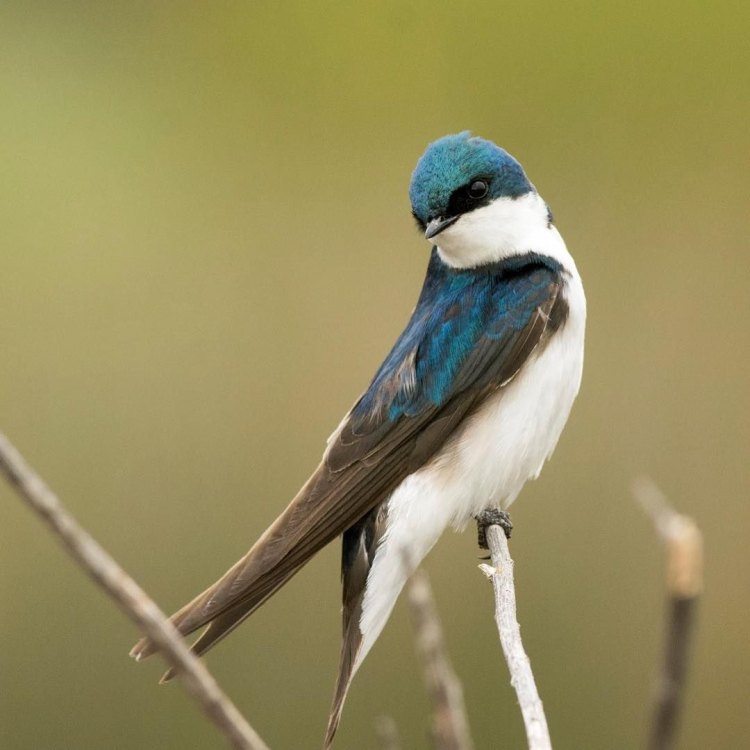
A Glimpse into the Life of the Tiny Yet Mighty Tree Swallow
Disclaimer: The content provided is for informational purposes only. We cannot guarantee the accuracy of the information on this page 100%. All information provided here may change without prior notice.







